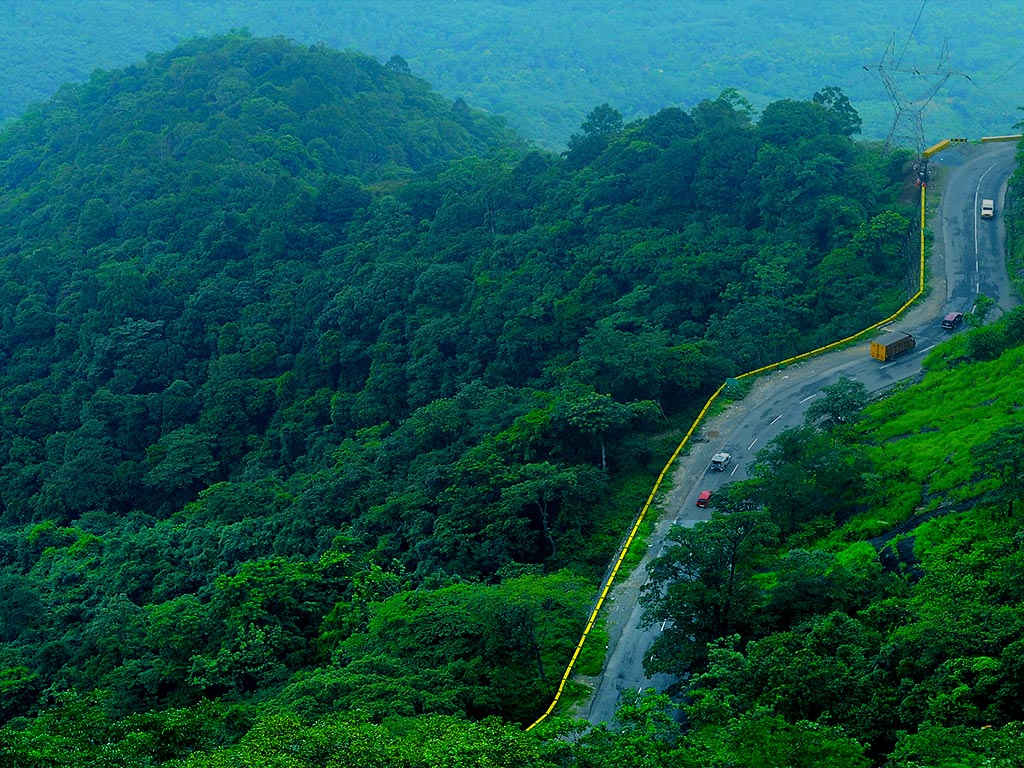

Wayanad fell into the hands of British after the fall of Pazhassi Raja and they introduced many new measures to develop the place. The credit for creating roads, winding around the rugged hills in the area, goes to the British and they laid the path from Kozhikode/Thalassery, which is extended up to Ooty through Gudallur and Mysore in Karnataka. The roads are still the only mode of transport to the region either from Kozhikode or from Ooty. They also introduced cultivation of tea and other cash crops and commercial plantation methods in the area.
The new measures coupled with roads to major cities of neighbouring states opened another era in the history of Wayanad. The virgin forest land proved to be a goldmine of cash crops. People from different parts of Kerala were drawn by the fertile soil as well as the vast stretches of land available for cultivation in Wayanad. During 1940s, there was a food shortage that haunted the country and this increased the flow of migrants to Wayanad from Travancore and Cochin. They settled in the virgin lands and converted it to agricultural fields. Gradually, the natives – tribes belonging Paniyas, Kurumbas, Adiyas and Kurichiyas – moved into isolated pockets in remote areas.
The British left India in 1947 and when the State of Kerala was formed in 1956, Wayanad was part of Kannur district. Later some southern parts of the region were added to the adjacent district, Kozhikode.
But the authorities found that in order to meet the demands of the people of Wayanad for development, it was necessary to create a separate district and they combined the north Wayanad of Kannur district and South Wayanad of Kozhikode district to form the present Wayanad district. Thus the district came into being on November 1, 1980 as the 12th district of Kerala.
 Pazhassi Raja and Wayanad Pazhassi Raja and Wayanad | Other salient features  |